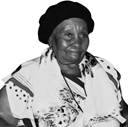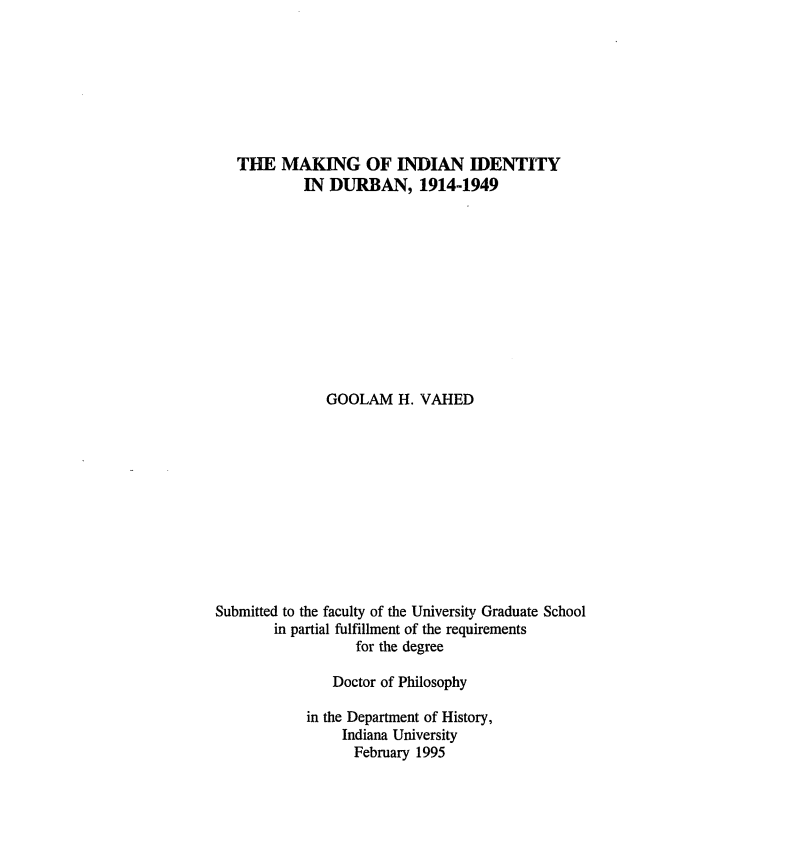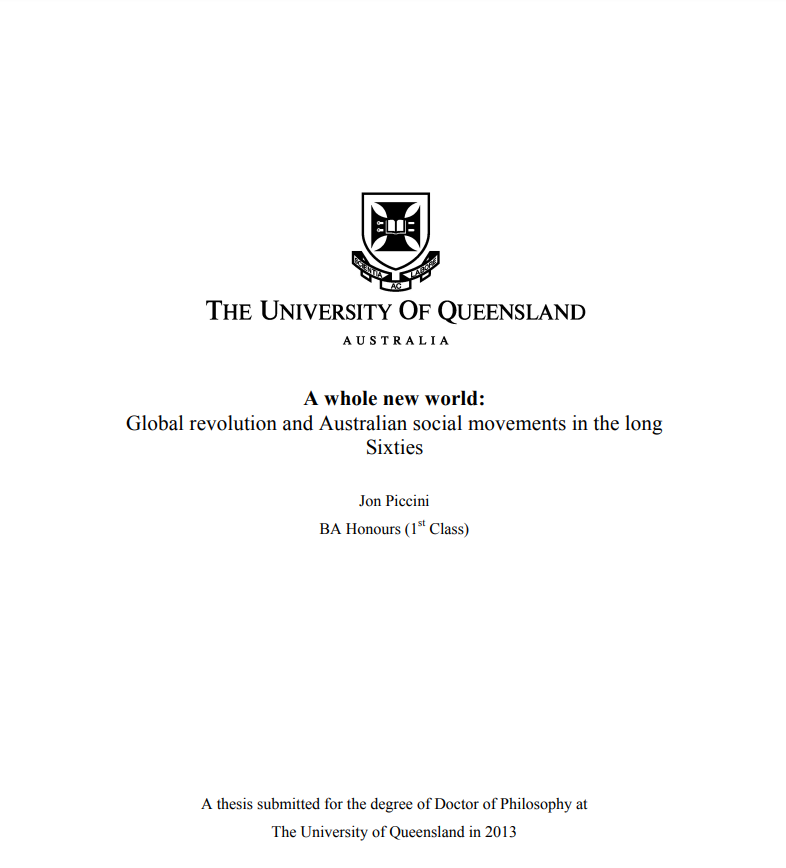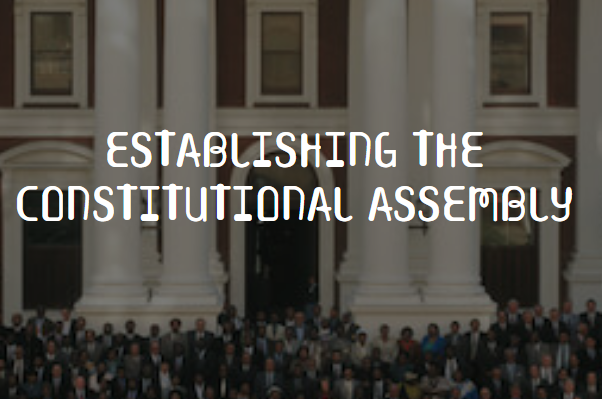Gauteng Province
The Area of Gauteng Province is small; stretching from Pretoria in the North to Vereeniging in the South. Gauteng in Sotho means: 'for place of gold'. Alternatively the ‘gaut’ could also originate from the Dutch ‘goud’ for gold.
This Province was created by the ANC, in 1994 after the Country’s first democratic election. It is the smallest Province of South Africa's nine Provinces. However, Gauteng accounts for only 1.5% of the Country's land Area, it is home to more than a quarter of South Africa's population. Of which in 2022, 8.1 Million are women, the most populated Province in South Africa!
Gauteng was part of the old Transvaal. It was first known as the PWV, which stands for Pretoria-Witwatersrand-Vereeniging. These are the three Urban Centre's that make up the Province. Pretoria, South Africa's Administrative Capital, is in Gauteng, but it is not the Capital of the Province. (Johannesburg has this title!)
The coat of arms was granted on 17 July 1995. The origin and meaning of the Coat of Arms is: The Lion supporters are a symbol of strength and are also derived from the old arms of the Transvaal. The ‘crown’ is made of two honey bees, taken from the arms of Pretoria, and used as a symbol of diligence, with some arrow points. The shape of the shield symbolises- the Nguni people. The pick symbolises the importance of mining in the Province. The motto is shown on three gold bars, symbolising the gold mining and prosperity. Today Gauteng, not only has one of the best infrastructures, but it's population of over 9 Million people which form part of a vibrant mix of energy and diversity; that make it one of the wealthiest Provinces in Africa of South Africa!
"The energy of the Highveld, with its intense Summers broken only by intermittent electric storms, is echoed in the sheer buzz of the place!"
There is however more to Gauteng than just the art of business and money-making! The Johannesburg Metro and the City of Pretoria - the two major Cities in Gauteng - are diametrically opposed, and Pretoria provides a more laid-back, gentrified alternative - its Jacaranda lined, wide streets and lovely old Buildings a more sedate choice for many who readily make the daily commute to Johannesburg.
The Vaal River, which separates Gauteng from the Free State, provides a number of avenues of escape; the Magaliesberg Mountains, which are virtually on Johannesburg’s doorstep. This is another effortless flight into days of heady blue quiet spaces; and Limpopo - just to the North of Gauteng, with its allure of game Reserves,Waterfalls, Forests and Streams.
The City’s exciting History began only in 1886 with the discovery of gold and the Witwatersrand reef. The discovery of gold in the Region of Johannesburg, spurred a mass migration to the Area of people wanting to try their luck! The resultant Settlement that mushroomed within the space of three Years was named by two men, with the first name ‘Johannes’ in common. It leaves little to the imagination then, as to the origin of the city’s name. ‘Burg’, the second syllable, is the Afrikaans word derived from the Dutch ‘village’, similar in some ways to the English word ‘burgh’ meaning ‘town’.
Racial segregation had already become firmly entrenched in the Country between the World wars – blacks and Indians were heavily taxed, barred from holding skilled jobs and forced to work as migrant labour – hence the emergence of squatter camps that sprung up around Johannesburg as blacks headed to the city in the wake of industrialisation. These camps developed by all accounts into well-organised cities, and perhaps due to this, were destroyed, forcing people to move to new suburbs known as the South-Western townships, leading to the emergence of Soweto. Today 'Jozi', is free of discriminatory laws. The inner City is awash with hawkers and street stalls, completely multiracial, and undergoing a total regeneration. The leafy City of Pretoria in Gauteng serves as one of the Country’s three Capital Cities, officially the Executive or Administrative Capital - the other two are Cape Town- the Legislative Capital, and Bloemfontein- the Judicial Capital. This pretty City suffers from an almost menacing image as the former Capital of Apartheid, and is involved in an ongoing battle over changing its name to Tshwane - controversial to most inhabitants of the City, and, for the moment, left to lie ‘under consideration’. The municipality refers to it as the City of Tshwane, whilst residents still largely refer to it as Pretoria. It appears that in History there has always been some difficulty over naming the City. Pretoriusdorp, Pretorium, Pretoriusstad and Pretoria-Philadelphia were among early suggestions, from which Pretoria was finally selected by: Marthinus Wessel Pretorius, in memory of his father, Andrius Pretorius. It is also a place of rich culture; with a series of Theatres,Museums and Monuments – Church Square, Union Buildings, Melrose House and the Voortrekker Monument to name but a few. Roses grow beautifully in the City’s climate and it was known early on as the ‘City of Roses’. Add to this some 50 000 Jacarandas that line the Streets and one can understand how it became known as the ‘jacaranda city’ or ‘jakarandastad’ in Afrikaans. The City has access to a number of Nature Reserves that include: Groenkloof: Rietfontein: Faerie Glen and Wonderboom Nature Reserves, as well as the Pretoria National Botanical Gardens.
After gold was discovered on the Witwatersrand in 1886, it became the biggest gold-producer in the World! In 1905 at Cullinan, a Town just outside Pretoria, the huge Cullinan Diamond was found! It is by far the biggest diamond ever discovered. In 1907 the government of the Transvaal Colony (Transvaal was under British control at the time) bought the uncut diamond from the Premier Mine in Cullinan and gave it to King Edward VII for his birthday. From this huge lump of diamond many stones were cut. The biggest, about the size of a hen's egg, is Cullinan I. It is the largest top-quality cut diamond in the whole World. It has been set into the. Cullinan II, also huge, has been put into the front of the Imperial Crown, which is put on the head of the new king or queen at the coronation ceremony. These diamonds and many of the more than 90 smaller stones from the Cullinan diamond are part of the Crown Jewels and are kept in the Tower of London.
The Freedom struggle of South Africa, in Gauteng was an important centre of the struggle against apartheid. It is here that: the Sharpeville massacre; the 1976 Soweto riots; as well as the Rivonia trial (in which many struggle leaders, including Nelson Mandela, were sent to jail for more than 20 years, took place.) Today, these and other important events in the struggle against apartheid are shown in the Apartheid museum in Johannesburg.
SOME INTERESTING FACTS ABOUT GAUTENG: Capital: Johannesburg; Main languages: English, Afrikaans, isiZulu and Sesotho Premier: David Makhura First premier in Democratic South Africa in 1994: Tokyo Sexwale
https://www.sahistory.org.za/place/walter-sisulu-national-botanical-garden-krugersdorp
https://www.getaway.co.za/things-to-do/what-nature-lovers-can-enjoy-in-and-around-gauteng/
https://joburg.co.za/celebrate-womens-month-in-johannesburg/
https://www.i-traffic.co.za/cctv?start=0&length=10&order%5Bi%5D=0&order%5Bdir%5D=deschttps://provincialgovernment.co.za/units/view/38/gauteng/office-of-the-premier
https://www.reenaahluwalia.com/blog/2013/5/23/cullinan-diamond
https://www.rct.uk/collection/31712/the-sovereigns-sceptre-with-cross
https://www.instagram.com/reel/CyAqq6gML8T/?igshid=MTc4MmM1YmI2Ng%3D%3D
Blaauwberg Nature Reserve, Melkbosstrand
Elizabeth Komikie Gumede
Recorded as one of the most tortured women political prisoners under the apartheid regime, Elizabeth Komikie Gumede was born in 1921.



